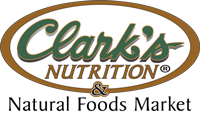Gluten Free
What does following a gluten-free diet mean? That you're embarking on an easy diet with a wide range of health-promoting effects. Instead of dwelling on what you’re giving up, consider that you’re going to enjoy a whole new world of delicious food options to meet your special dietary needs. You’ll be eating seasonally, choosing more fresh fruits and vegetables, focusing on meats, seafood, poultry, legumes, lentils, corn, and rice, and discovering fascinating ancient grains such as quinoa, amaranth, and millet. You’ll be able to eat potatoes, eggs, most cheeses, even chocolate (!)—and enjoy them without guilt because you’ll be taking good care of your body. In fact, you’ll probably end up eating—and feeling—better than ever!
Visit this page for more information about living Gluten Free
---
We carry a large variety of gluten free items, the brands listed below represent just some of the offerings we carry
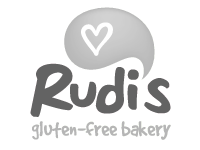

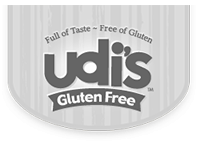


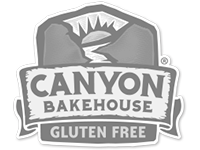
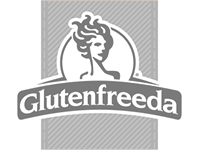
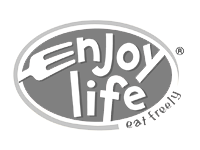
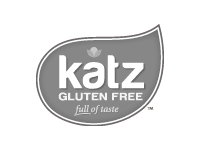


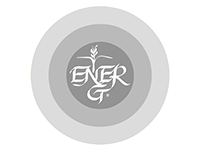
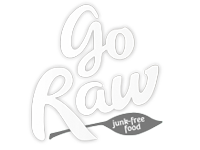
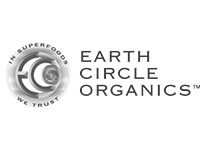
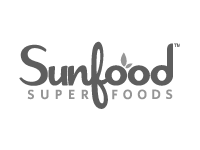
More Diets
Does Soylent Free Us From Food?
If you haven’t heard of Soylent yet, there’s a good chance you will in the near future. Soylent is a new food product backed by some of Silicon Valley’s biggest investors. The buzz around it has already resulted in a 2 to 3 month delay for orders. So what is it exactly? Calling it a meal replacement would be an understatement—it’s not meant to just replace individual meals, but to replace all meals. Soylent consists of a powder and an oil blend; when mixed together, they supposedly deliver all of the calories and nutrients one needs for the day (roughly 2,000 calories—50% from carbs, 20% from protein, and 30% from fat). The creator of Soylent, software engineer Rob Rhinehart, conceived of the idea after becoming increasingly frustrated by having to constantly source and prepare meals. He dreamed of a day when eating would be as simple as, well, blending a powder and an oil together. And while it’s tempting to think that his dream may have come true, there are a few concerns raised by only consuming Soylent and nothing else:
- A balanced diet will supply hundreds, if not thousands, of known and unknown chemical compounds. Reducing one’s intake to the dozens of ingredients contained in Soylent would probably mean missing out on key nutrients that are necessary to sustain optimal health.
- In fact, it appears that most of the calories from the powder come from just a few ingredients—maltodextrin, rice protein, and oat flour.
- Soylent is not organic. It contains artificial flavors, sweeteners, and even some GMO ingredients.
- As a concept, Soylent ignores the cultural and social significance of preparing and eating food. Humans have historically used food to bond, and to mark special occasions. It’s doubtful that a powder and oil blend could replace these important food-centric experiences.
Source: The Washington Post
Copyright © 2025 TraceGains, Inc. All rights reserved.

